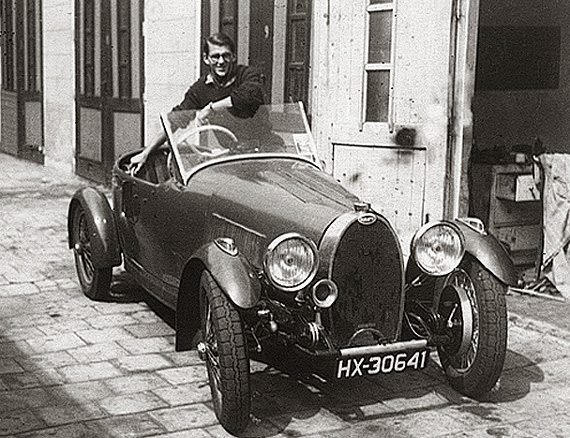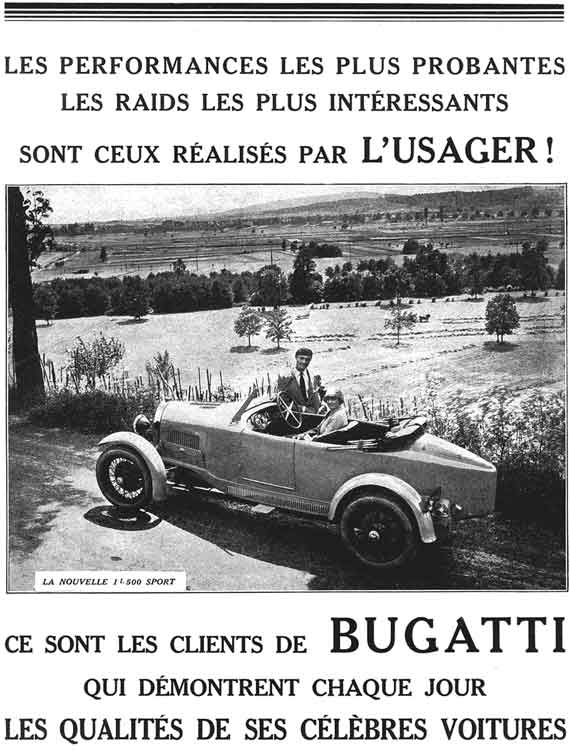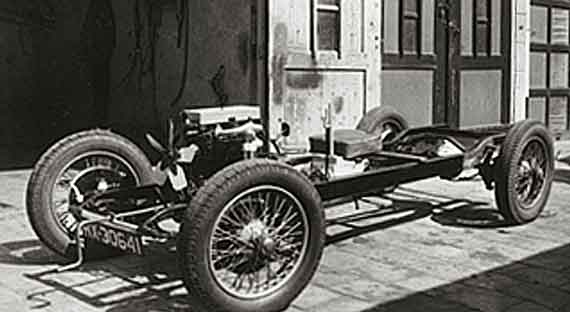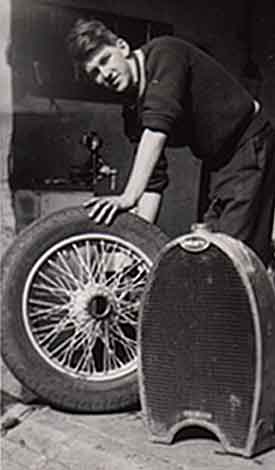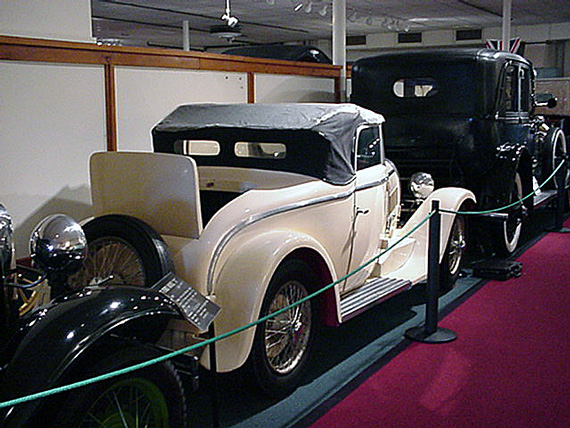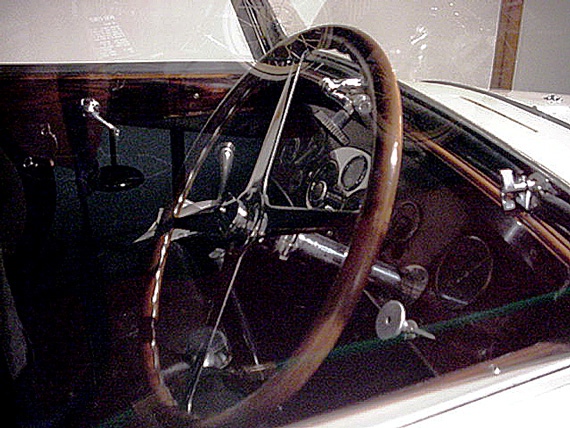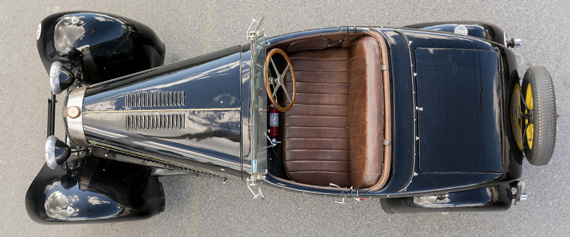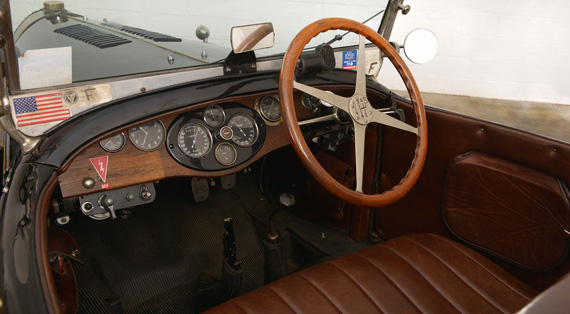By Pete Vack, Gijsbert-Paul Berk, and Sandy Leith
It was Burt Bacharach/Hal David who wrote the popular song I’ll Never Fall in Love Again. After the last Ferrari I too vowed never to fall in love again, being too old for such nonsense anyway.
But I kept catching the Bugatti virus. It re-occurs every few years and like the plague, eventually it just dissipates, primarily because any Bugatti has been out of our price range for the past 50 years or so. I’d been through a torrid but platonic love affair with the T35, the T55, the T57 and even the Brescia Bugattis, and so it was recently when the charms of the lowly T40 attracted my attention. We then found three interesting T40s with three great stories all in some way related to the cast of characters at VeloceToday. We begin with the Correspondent’s Bugatti….
Correspondent’s Bugatti
Our most senior correspondent, Gijsbert-Paul Berk, once owned and restored a delightful Type 40 Grand Sport and wrote to tell me all about it and sent photos:
Thanks for your photos of that attractive Bugatti Type 40 cabriolet. (see below) They brought tears in my eyes. So here are a few photos of my Type 40. It had a body identical to the one in the 1928 Bugatti advertisement. Someone told me that the man next to the car is Louis Chiron. Who the woman was is not known.
My Bugatti Type 40 was discovered by one of my friends in the port of Rotterdam, where it was used as a tractor. The car was in a sorry state and looked tatty and tired. I knew that it would need a complete restoration. But I was young and could do a lot of the work myself with the help of a few friends, and the money I had earned and saved was just sufficient. The body and chassis seemed mostly original but the engine had been replaced by a four-cylinder Chevrolet. However the transplant had been done professionally. The original 1928 Bugatti Type 40 had a four-cylinder 1,496 cc (91.3 cu in.) engine with three overhead valves per cylinder, developing around 45 bhp at 4300 rpm. Its official top speed was 120 km/h.
The 1928 Chevrolet four-cylinder engine that replaced it was also an overhead valve machine. It seems that in 1928 this was quite unusual for a popular American car; most of its competitors still had side-valve flatheads. Its displacement was 170.88 cubic-inches or about 2.8 liters and according to factory specifications it developed 35 bhp at 2,200 rpm. Because the engine with the clutch housing was longer than that of the Bugatti, the radiator had been moved forward. But after the flywheel and clutch it still had the standard 4 speed Bugatti gearbox (its case was also a chassis member in the Type 40) but the rear axle ratio was adapted to the lower engine revs of the Chevy powerplant.
Left, when he was young and foolish, Gijsbert-Paul Berk found a T40 and restored it himself. Certainly young, but not foolish.
The Chevy engine had more torque than the original 1.5 liter SOC Bugatti with the consequence that I twice had to replace the canvas flexible coupling (disc) in the driveline. Originally Bugatti had used two leather discs for this flexible coupling, but I thought that a canvas one that came from in the steering of an army war surplus vehicle would be stronger (it wasn’t). But the original Bugatti 4 speed gearbox did cope very well with the extra power. The Chevrolet engine made an effortless cruising speed of 90 to 100 km/h possible. However when fully using the greater torque (accelerating in the highest gears gear) or driving faster, the fuel consumption increased alarmingly. This was one of the reasons that I finally changed the Bugatti for a small MG T Type two-seater. That car was later replaced by first a Lancia Augusta and later by a Lancia Astura, a very nice four-door saloon which I discovered at a scrap yard when sourcing parts for the Augusta. All sweet memories now.
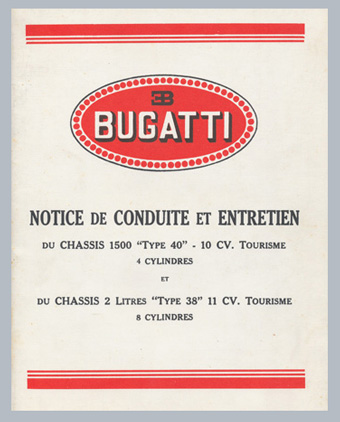 Sadly, the Bugatti has completely disappeared. The Dutch Bugatti Owners Club tried to find where it had gone but could not find any traces. It was probably broken up for parts. Most regrettable, as I should have kept it and it would still be with us!
Sadly, the Bugatti has completely disappeared. The Dutch Bugatti Owners Club tried to find where it had gone but could not find any traces. It was probably broken up for parts. Most regrettable, as I should have kept it and it would still be with us!
But I still have the original owner’s handbook (Notice de Conduite et Entretien) for the 1929 Bugatti Type 40 (in French) and of course the well-documented book about the Type 40 by Barrie Price and Jean Louis Arbey, published (in English) by Veloce Publishing in 2000.
(Read review).
Cavern’s Bugatti
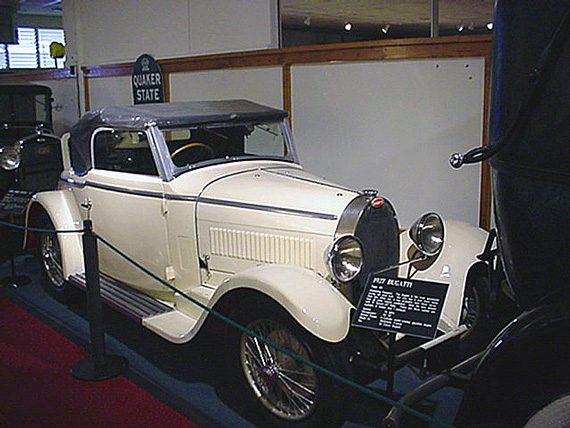
The Bugatti T40A as seen in 2002 on a trip to Luray Caverns, Virginia. It had been there since 1958 and is still there today.
The aforementioned photo of the Type 40 Cabriolet that evoked Gijsbert-Paul’s memory is another story. I saw it back in 2003 at the remarkable Car and Carriage Museum at Luray Caverns, Virginia. I tried to forget about it but the visions kept coming back to me; the lovely pearl white paint, the gorgeous body, the stunning interior with and wood accents. It was top of the line, one might even think that Jean Bugatti had a hand in the construction of it. I wanted it but didn’t figure the museum would sell to me or anyone else.
There is not much information about the car at the Caverns on the placard; it mentioned the racing successes of the T35 rather than the history of the T40, so we called upon the good folks at the Car and Carriage Museum to see what they had on this misplaced Bugatti. Kindly, they sent along what they knew. Their car is in fact a T40a, the rare 1600 cc later variant of the T40. (The ‘a’ in this case did not indicate the addition of a supercharger.) The found the serial number and engine number to be the same, 40923, and the car weighed in at 2400 pounds. The delicious body was heavy and the staff could find no mention of the coachbuilder. Was it then a Bugatti or Gangloff body?
It was time to ask the experts. Sandy Leith has been a Bugatti enthusiast since age 0 and has assisted VeloceToday on numerous occasions keeping us on the straight and narrow when it comes to Molsheim history. Fortunately, Sandy had already done up a bit on that particular Bugatti and was able to fill in a few gaps. He had already done some research on the car for Kees Jansen’s The Bugatti Registry:
As the production of the Type 40 slowly come to a halt, the engine had been enlarged to 1627cc with two plugs per cylinder, but only about 30 cars, known at the T40a, were produced in this configuration.
The rolling chassis of this car was produced in February 1932. Whereas the Bugatti agent Bucar in Zürich had already ordered the car, it stayed as a rolling chassis until September 1932 when it had its maiden ride as a rolling chassis on September 1, 1932, delivered by road on the temporary garage plates1658-WW5 valid for this car between 1 and 2 September 1932 to Switzerland.
The body has a 2 seater cabriolet with a rumble seat not unlike the Jean Bugatti roadster but not made by the factory; it was probably a local Swiss coach maker.
Nothing more is known until an American studying in France bought the car back to the U.S. after the war. At that time it was white with black soft-top and black leather. At some point before or during his ownership, the engine block was replaced by a smaller 1496cc 4 plug block, but the crankcase stayed the same. He sold it to Mr. Worth Gatewood in Harrisburg, Virginia in 1953. He in turn sold it to H.T.N. Graves of the Car and Carriage Caravan Museum in 1957. Graves had discovered the car at the Truck Stop and Trailer Body Factory just south of the Bellmeade Motor Court on the west side of US 11. Graves offered $750 for the car but the lowest the seller was prepared to go was $900. They came to an agreement and the car was put in the Graves’ family museum where it has been on display ever since.
Admiral’s Bugatti
A third Bugatti T40 anecdote concerns a T40 that was recently sold by the Keno Brother’s Auctions for almost a half million dollars. The owner at the time of the sale was none other than Scott Ebert, whose exploits with a very original T35 were recorded by this author many years ago.
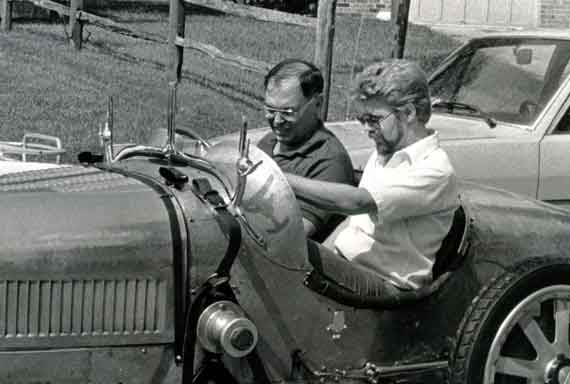
Then Rear Admiral Scott Ebert, left, showing the Editor how he starts his Bugatti Type 35. This was in 1984 and the photo was taken by John Sheally.
Not only that, the Ebert T40 was one of the four Bugattis that embarked upon the famous crossing of the Sahara Desert in 1930. What famous crossing? Apparently there were at least two crossings of T40 Bugattis across the fabled Sahara.
The first was in 1929. Four or five Bugatti T40s were prepared for Lieutenant Frederic Loiseau; of the five reportedly only one made the entire trip and it was that of the enthusiast Loiseau. This trip was recorded in a book written by Loiseau but the photographic material is extremely poor. (Read full story)

A stunning photo of the four Bugatti T40s in the desert during the 1930 crossing. Courtesy Keno Brothers Auctions.
A Bugatti historian by the name of Pierre Lougier found that a similar expedition took place in 1930, and another four T40s took part, headed by the selfsame Lieutenant Loiseau that made the trip the previous year. One of the cars participating was that of Pierre de Brou and his wife. This time all four cars made the journey, including de Brous which was chassis number 40810. And this time, the photos were excellent and apparently found by Lougier.
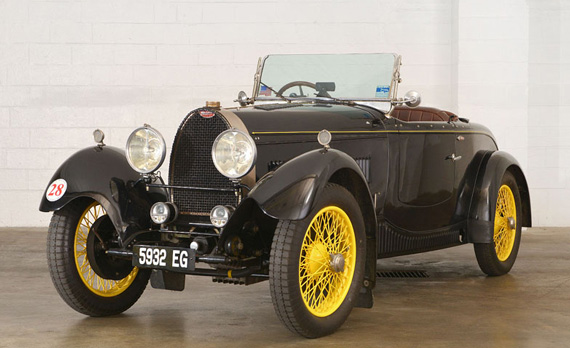
A hint of Ford Model A but charming throughout and all Bugatti. It was rebodied to this configuration after the rally across the Sahara. Courtesy Keno Brothers Auctions.
After the crossing, de Brou traded up to a T44 and the T40 was provided with a roadster body similar to the Luray Caverns’ T40, and likewise the actual coachbuilder remains unknown. Then it was essentially lost until after WWII.
Scott Ebert purchased the car from Bill Cracknell in 1988, who had in turn owned 40810 since 1958. After restoring the car, Ebert participated in a wide variety of Bugatti events in 2003 and 2004. An excellent video of the car being driven can be found on the Keno Brothers.com site.
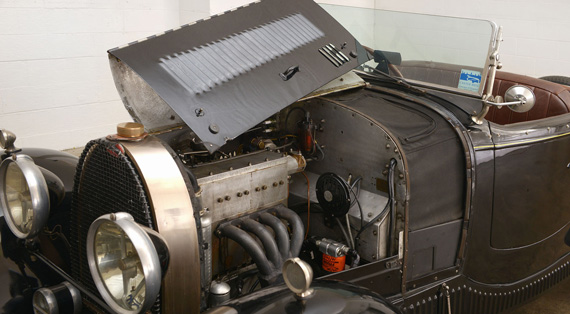
Bugatti T40 engine was a single plug 1500 cc four. A Lovely, real, oil and all working engine. Courtesy Keno Brothers Auctions.
Related Articles:
An Ode to Three Bugattis
Bugatti T40 Across the Sahara
Bugatti T40 Book Review
